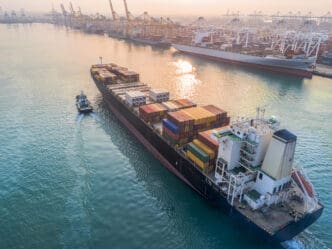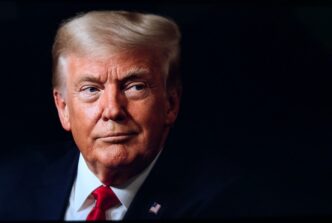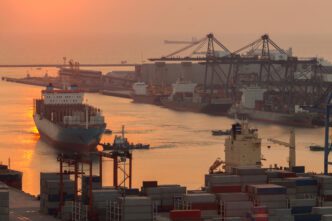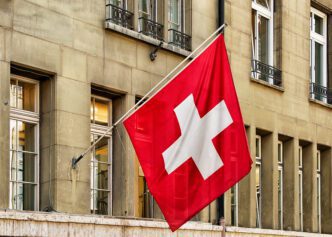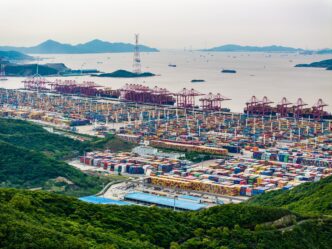President Donald Trump has announced a plan to impose tariffs intended to match the trade penalties imposed by other nations on American goods. However, the actual implementation involves a more intricate calculation. These tariffs are part of an “economic emergency” declared by the Trump administration, allowing them to bypass Congress and impose a 10% tariff on nearly all countries and territories. Additionally, about 60 nations identified as significant trade offenders will face even higher penalties. The global tariffs of 10% will take effect on Saturday at 12:01 a.m., while increased tariffs for specific countries will begin at one minute past midnight on April 9.
China is among the nations affected by higher tariffs, with accusations from the Trump administration of employing “malicious” trade practices. These practices include imposing value-added taxes, dumping overproduced goods to artificially lower prices, and currency manipulation. To determine the appropriate tariff rates for these nations, the administration calculated the trade imbalance on goods with the United States and divided it by the volume of U.S. imports from these countries. The resulting figure, halved, became the new tariff rate.
The decision to avoid imposing reciprocal rates, according to the White House, aims to keep tariffs from escalating further. The administration argues that establishing a baseline tariff with limited exceptions is essential to prevent countries like China from circumventing tariffs by rerouting goods through nations like Vietnam, Cambodia, or Mexico. Consequently, the list of tariffed locations includes remote areas like the Heard and McDonald Islands, which are uninhabited territories claimed by Australia.
Not all countries will be subject to these tariffs. Canada and Mexico are exempt, as they already face a 25% tax on most imports due to previous measures designed to combat fentanyl smuggling into the United States. Additionally, nations under significant U.S. sanctions, such as Russia, Iran, North Korea, Cuba, Belarus, and Venezuela, will not face the new 10% global tariff. These exemptions are attributed to minimal trade volumes with these countries.
The motivation behind these tariffs, as proposed by Trump, stems from historical economic concepts. He has pointed to the late 1800s and early 1900s, when high tariffs were a primary revenue source for the U.S. government, as a period of economic prosperity. However, this perspective is contested by economists and historians. An alternative rationale may lie in Project 2025, a conservative strategy to streamline the federal workforce and influence Washington’s economic policies. This plan outlines the use of global tariffs as leverage in negotiating trade deals aligned with U.S. priorities.
While the stated primary objectives of these tariffs include reducing trade deficits, boosting domestic manufacturing, and generating revenue, there is a possibility that they may serve as a negotiation tool rather than a permanent policy. The administration has expressed a willingness to retract tariff threats in exchange for concessions from trading partners, indicating a potential for future negotiations.
The Societal Shift
- Higher tariffs may lead to increased prices on imported goods, impacting consumers’ purchasing power and contributing to inflationary pressures.
- The U.S. manufacturing sector might experience a boost as domestic goods become relatively more competitive due to the higher costs of imports.
- Countries affected by the tariffs may seek alternative markets or adjust their trade policies, potentially reshaping global trade dynamics.
- Exemptions for specific countries could foster closer economic ties with the United States, while others may face strained relations.
- The overall economic landscape could shift, influencing employment rates, investment opportunities, and the broader economic environment.

